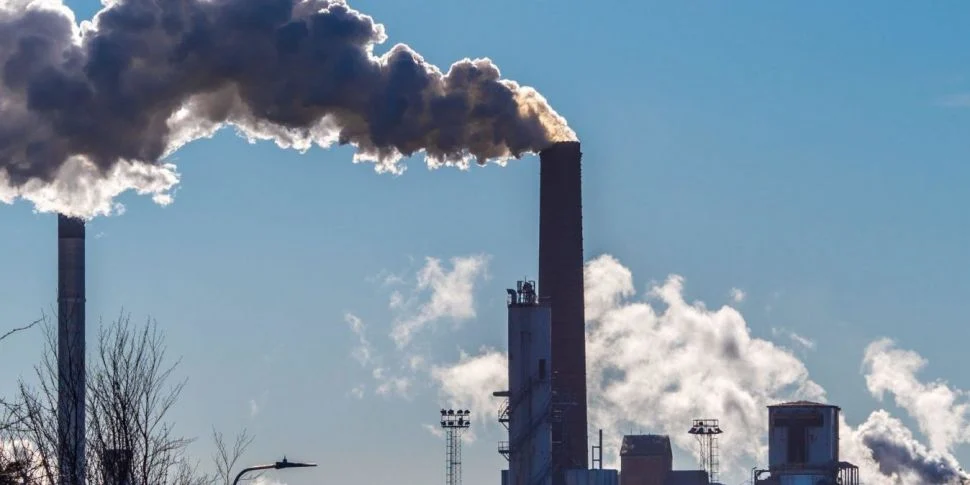Latest reports suggest that the Environmental Protection Agency has finalized long-awaited new limits on soot, the tiny air pollution particles emitted by sources as varied as power plants, factories, car exhaust and wildfires.
“Today’s action is a critical step forward that will better protect workers, families and communities from the dangerous and costly impacts of fine particle pollution,” the EPA administrator, Michael Regan, told reporters on Tuesday.
Soot, which is also known as fine particle pollution, is one of the nation’s most widespread air pollutants. It is also one of the most dangerous, causing an estimated 85,000 to 200,000 excess US deaths annually; the tiny particles can become lodged in human lungs and sometimes even enter the bloodstream, triggering asthma attacks, cancer, and heart and lung disease.
The strengthened pollution controls, unveiled on Wednesday, will lower the annual soot standard to 9 micrograms per cubic meter of air, down from the previous standard of 12 micrograms.
Read also: Labour cuts £28bn green investment pledge by half
In 2032 – the first year that regulators expect compliance with the standard to be required – alone, the new rule will prevent up to 4,500 premature deaths, the agency estimates. It will also result in health benefits valued at $46bn, including 290,000 lost workdays averted, 800,000 asthma symptoms avoided, and thousands of emergency room visits prevented, the agency says.
“The Biden administration is taking life-saving action to protect people and rein in deadly pollution,” Abigail Dillen, president of the legal and environmental advocacy non-profit Earthjustice, said.
The new rule comes under the Clean Air Act, which sets legal limits for emissions from soot and other major air pollutants. These restrictions are revisited by the US Environmental Protection Agency every five years.
States will now be required to revise their implementation plans under the Clean Air Act to demonstrate how they will achieve compliance with the new control.
Senior EPA officials said that the 9 microgram standard reflects an intensive review of public health literature, the input of an independent science advisory committee, and 700,000 comments on a less-specific draft rule the agency proposed in January 2023.
Experts say the tightened standard will be particularly beneficial for poorer Americans and people of color, who are disproportionately exposed to soot emissions, as well as the elderly, those with pre-existing conditions and children, who are more vulnerable to health impacts from exposure.
Story was adapted from the Guardian.
